Dell Precision 17 7770 review – its cooling needs a revamp
Display quality, Health impact (PWM), Sound
Dell Precision 17 7770 is equipped with an IPS panel, model number Innolux 9XJRX-173HCE (CMN1777). It comes with a 60Hz refresh rate. Its diagonal is 17.3″ (43.9 cm), and the resolution – 1920 x 1080p. Additionally, the screen ratio is 16:9, the pixel density – 127 ppi, and their pitch – 0.2 x 0.2 mm. The screen can be considered Retina when viewed from at least 69 cm (from this distance, the average human eye can’t see the individual pixels).
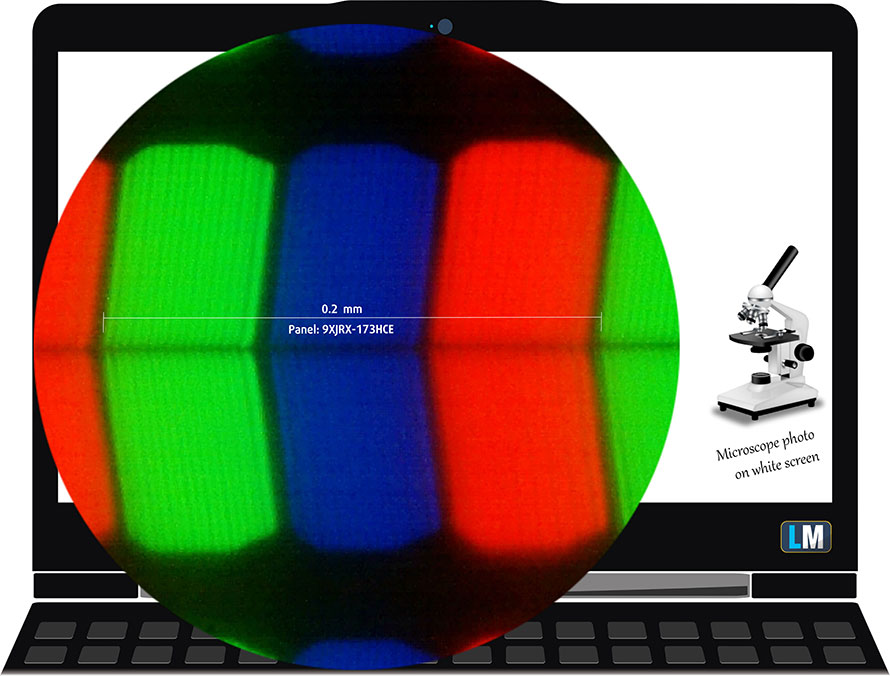
Viewing angles are good. We offer images at different angles to evaluate the quality.

Also, a video with locked focus and exposure.
The maximum measured brightness is 526 nits (cd/m2) in the middle of the screen and 475 nits (cd/m2) average across the surface with a maximum deviation of 13%. The Correlated Color Temperature on a white screen and at maximum brightness is 5900K (average) – warmer than the 6500K optimum for sRGB.
In the illustration below you can see how the display performs from a uniformity perspective. The illustration below shows how matters are for operational brightness levels (approximately 140 nits).
Values of dE2000 over 4.0 should not occur, and this parameter is one of the first you should check if you intend to use the laptop for color-sensitive work (a maximum tolerance of 2.0). We measured a good contrast ratio – 1200:1.
To make sure we are on the same page, we would like to give you a little introduction to the sRGB color gamut and the Adobe RGB. To start, there’s the CIE 1976 Uniform Chromaticity Diagram that represents the visible specter of colors by the human eye, giving you a better perception of the color gamut coverage and the color accuracy.
Inside the black triangle, you will see the standard color gamut (sRGB) that is being used by millions of people on HDTV and on the web. As for the Adobe RGB, this is used in professional cameras, monitors, etc for printing. Basically, colors inside the black triangle are used by everyone and this is the essential part of the color quality and color accuracy of a mainstream notebook.
Still, we’ve included other color spaces like the famous DCI-P3 standard used by movie studios, as well as the digital UHD Rec.2020 standard. Rec.2020, however, is still a thing of the future and it’s difficult for today’s displays to cover that well. We’ve also included the so-called Michael Pointer gamut, or Pointer’s gamut, which represents the colors that naturally occur around us every day.
The yellow dotted line shows Dell Precision 17 7770’s color gamut coverage.
Its display covers 100% of the sRGB/ITU-R BT.709 (web/HDTV standard) in CIE1976, and 99% of DCI-P3, ensuring a super vibrant and attractive picture.
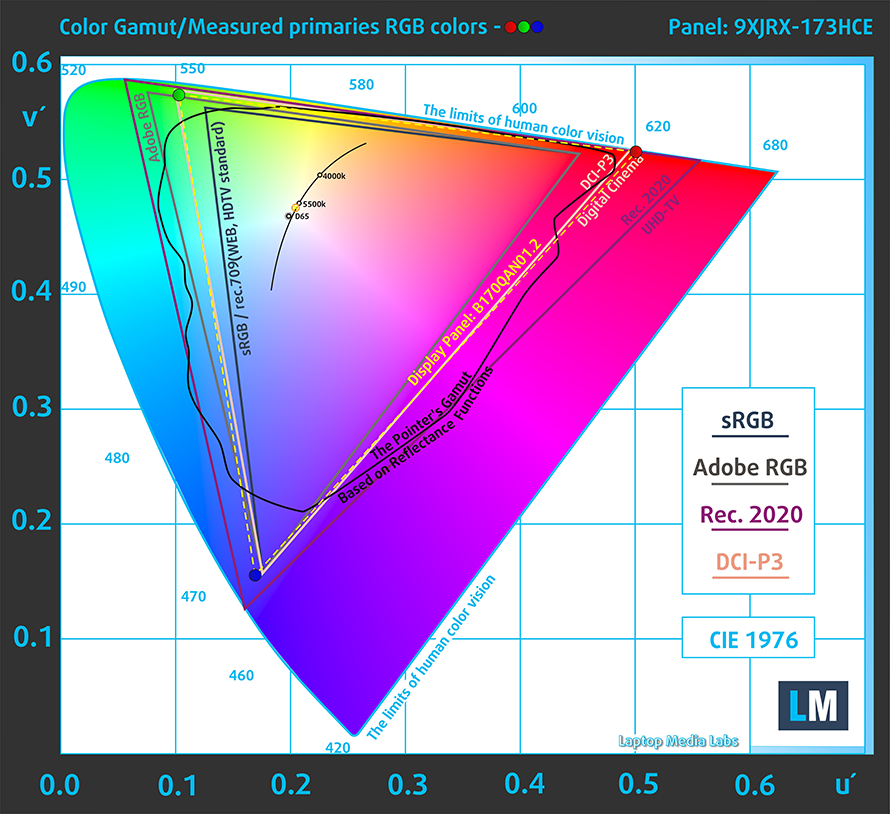
The “Dell Premier Color” app emulates the DCI-P3, sRGB, and AdobeRGB color gamuts. Here, you can see the first two.
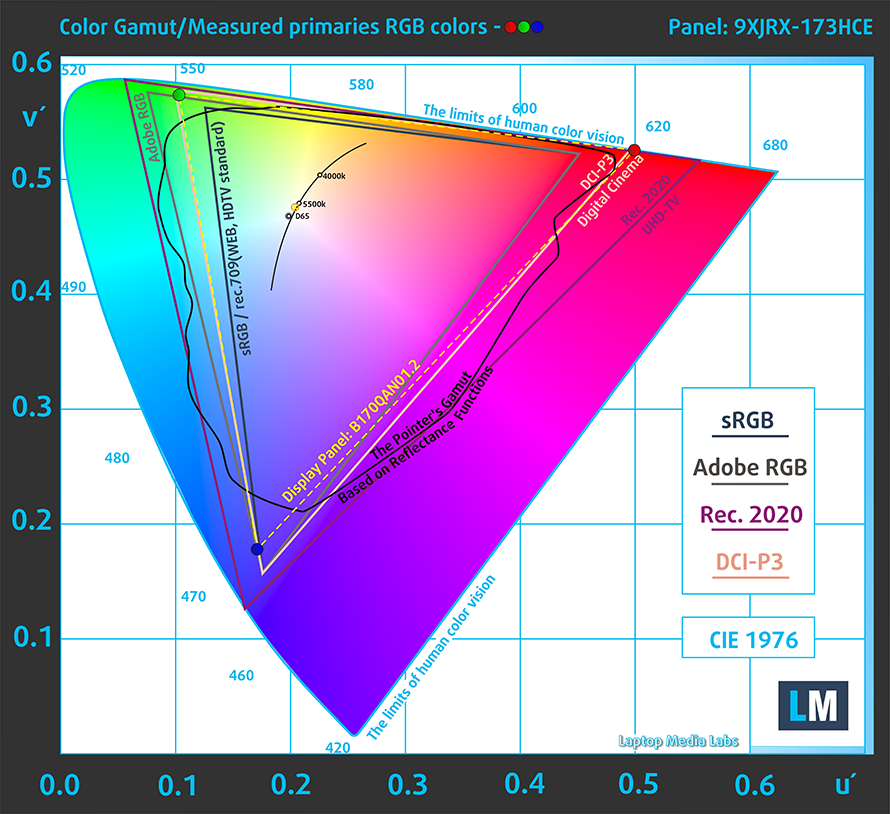
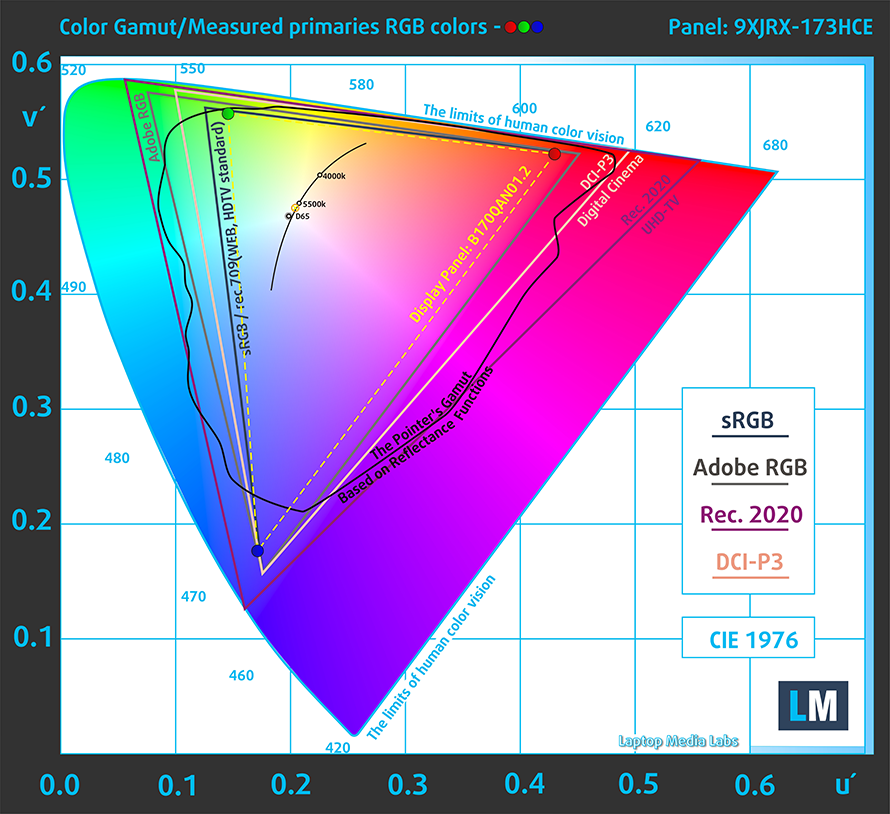
We tested the accuracy of the display with 24 commonly used colors like light and dark human skin, blue sky, green grass, orange, etc.
Below you can compare the scores of the Dell Precision 17 7770 with the default settings sRGB.
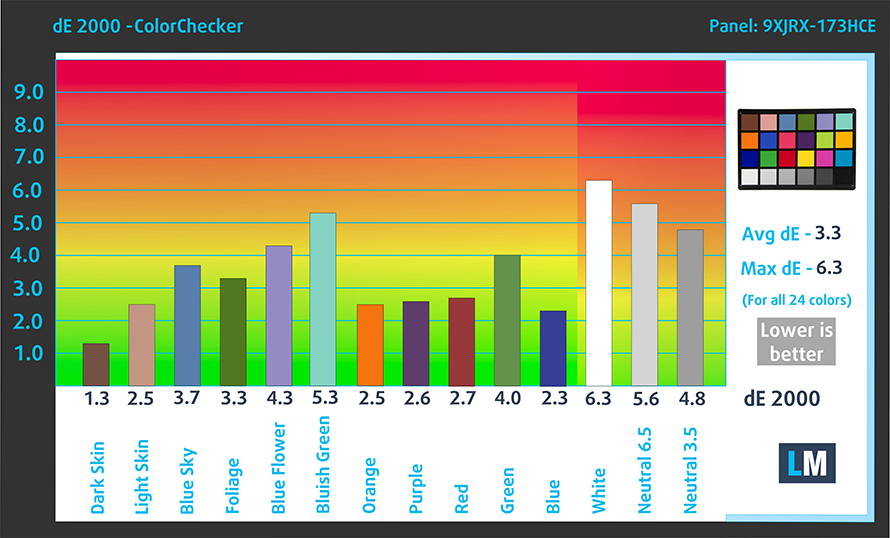
Also, you can see the (DCI-P3) accuracy results.
The next figure shows how well the display is able to reproduce really dark parts of an image, which is essential when watching movies or playing games in low ambient light.
The left side of the image represents the display with stock settings, while the right one is with the “Gaming and Web Design” profile activated. On the horizontal axis, you will find the grayscale, and on the vertical axis – the luminance of the display. On the two graphs below you can easily check for yourself how your display handles the darkest nuances but keep in mind that this also depends on the settings of your current display, the calibration, the viewing angle, and the surrounding light conditions.
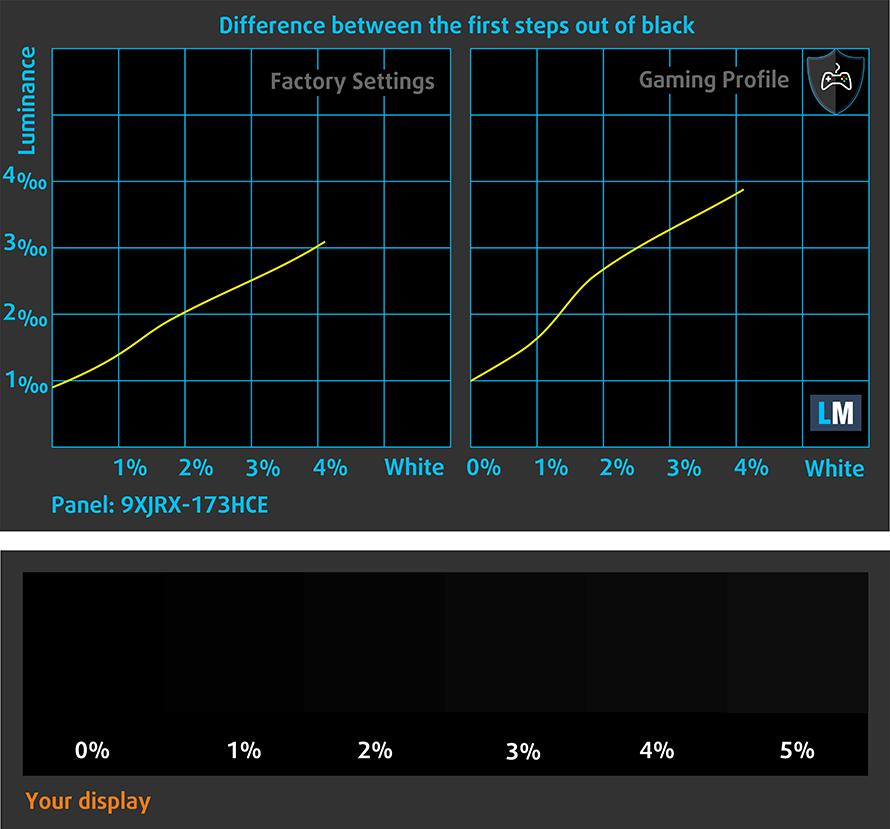
Response time (Gaming capabilities)
We test the reaction time of the pixels with the usual “black-to-white” and “white-to-black” method from 10% to 90% and vice versa.
We recorded Fall Time + Rise Time = 22 ms.
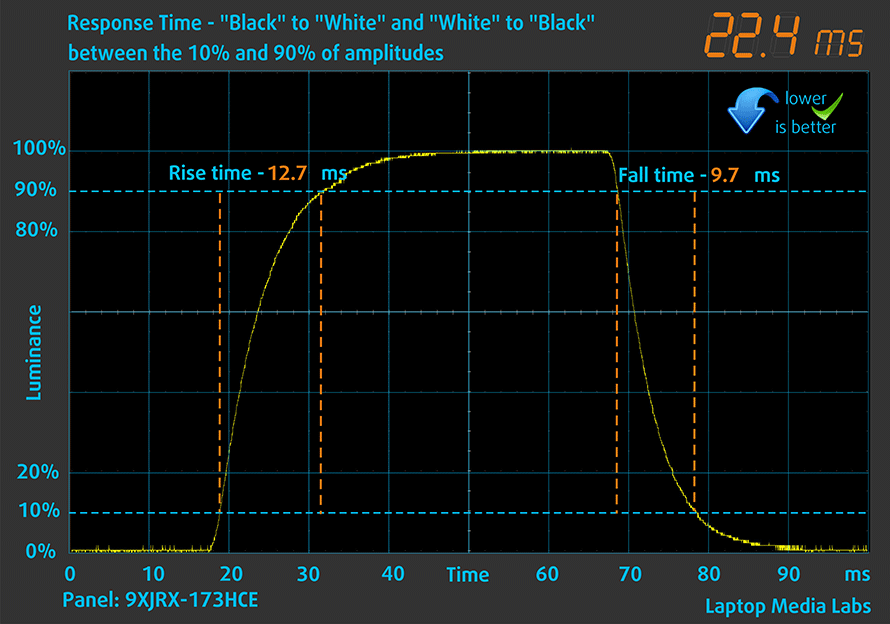
After that, we test the reaction time of the pixels with the usual “Gray-to-Gray” method from 50% White to 80% White and vice versa between 10% and 90% of the amplitude.
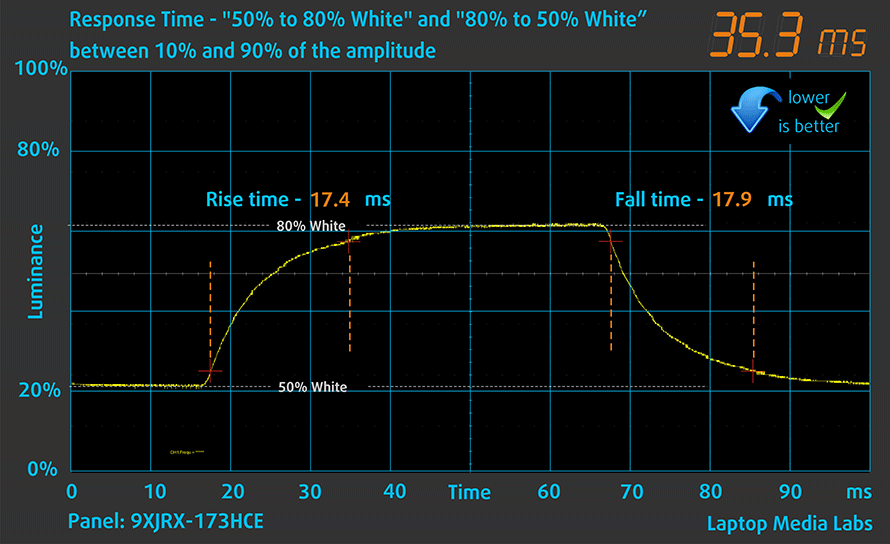
Health Impact: PWM (Screen flickering)
Pulse-width modulation (PWM) is an easy way to control monitor brightness. When you lower the brightness, the light intensity of the display is not lowered, but instead turned off and on by the electronics with a frequency indistinguishable to the human eye. In these light impulses, the light/no-light time ratio varies, while brightness remains unchanged, which is harmful to your eyes. You can read more about that in our dedicated article on PWM.
Dell Precision 17 7770’s display doesn’t use PWM for brightness adjustment.

Health Impact: Blue light emissions
Installing our Health-Guard profile not only eliminates PWM but also reduces the harmful Blue Light emissions while keeping the colors of the screen perceptually accurate. If you’re not familiar with the Blue light, the TL;DR version is – emissions that negatively affect your eyes, skin, and your whole body. You can find more information about that in our dedicated article on Blue Light.
Health Impact: Gloss-level measurement
Glossy-coated displays are sometimes inconvenient in high ambient light conditions. We show the level of reflection on the screen for the respective laptop when the display is turned off and the measurement angle is 60° (in this case, the result is 49.9 GU).
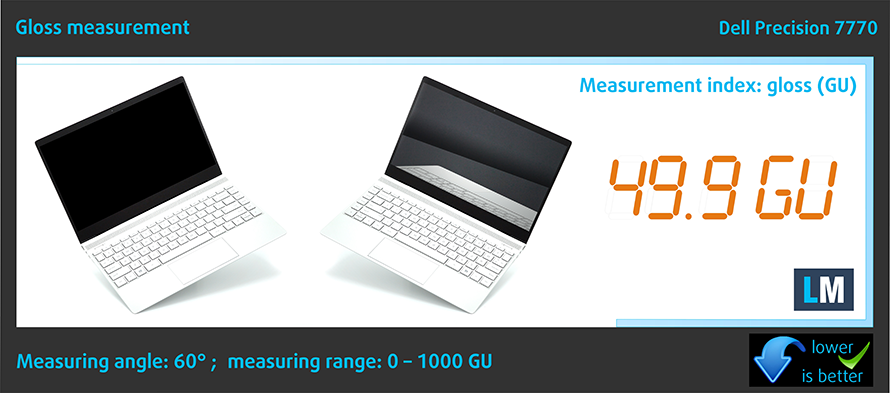
Sound
Dell Precision 17 7770’s quad-speaker setup produces a sound of good quality. Its low, mid, and high tones are clear of deviations. On the other hand, the maximum volume is a bit underwhelming.
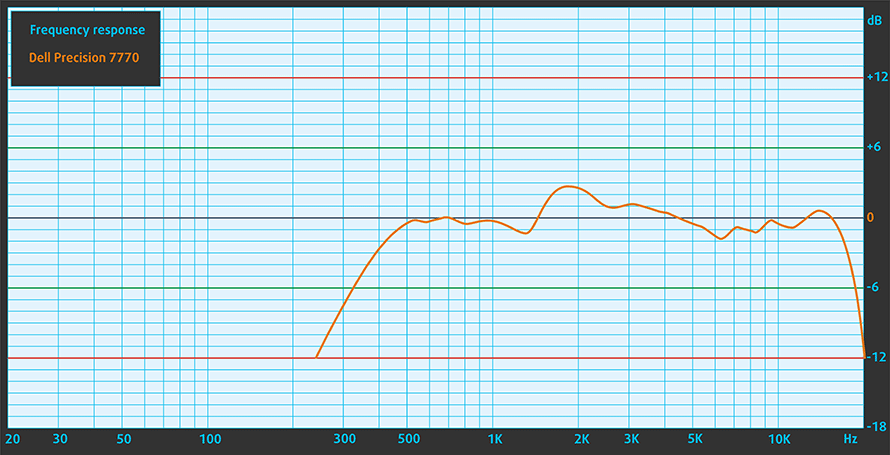
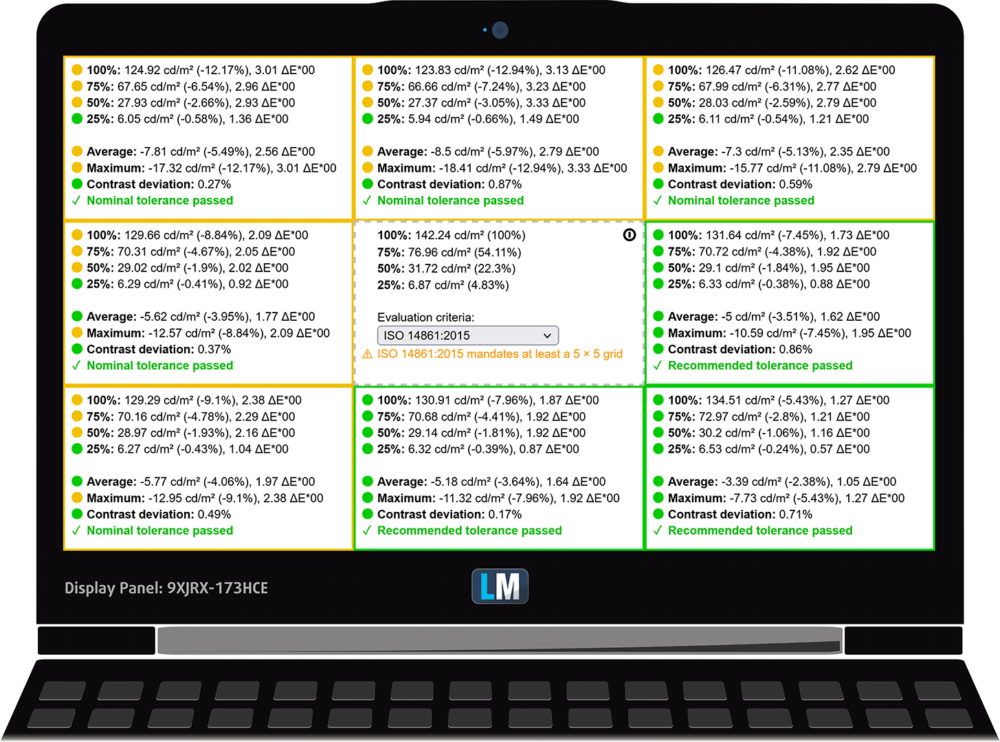
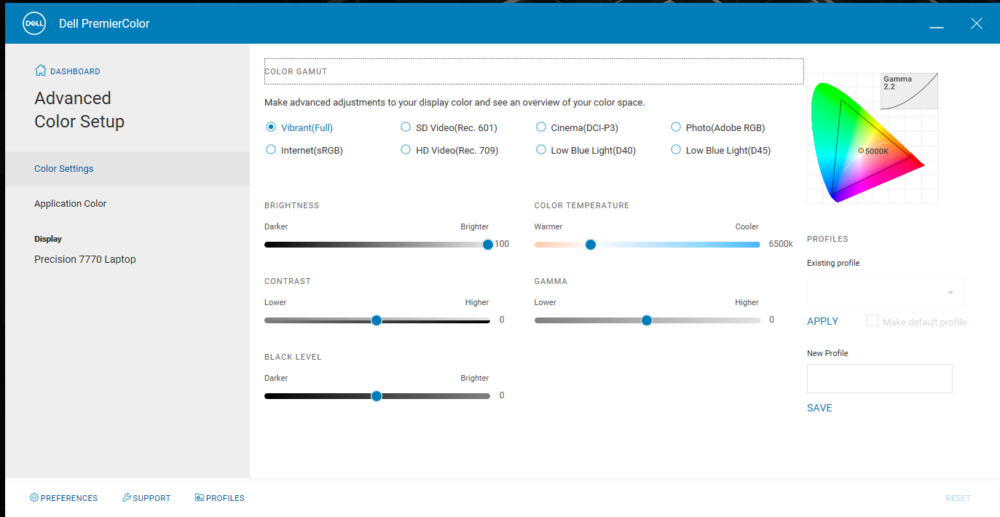
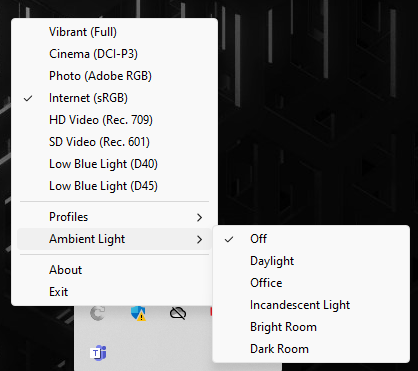
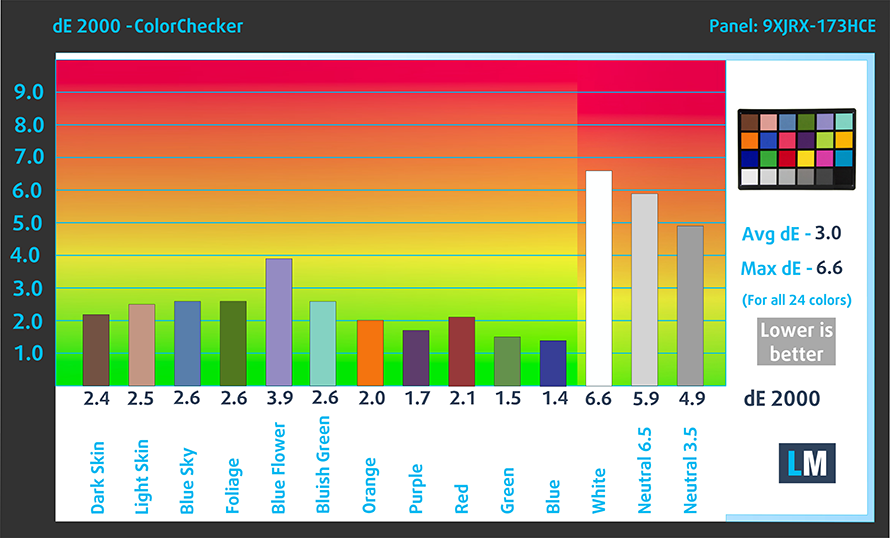
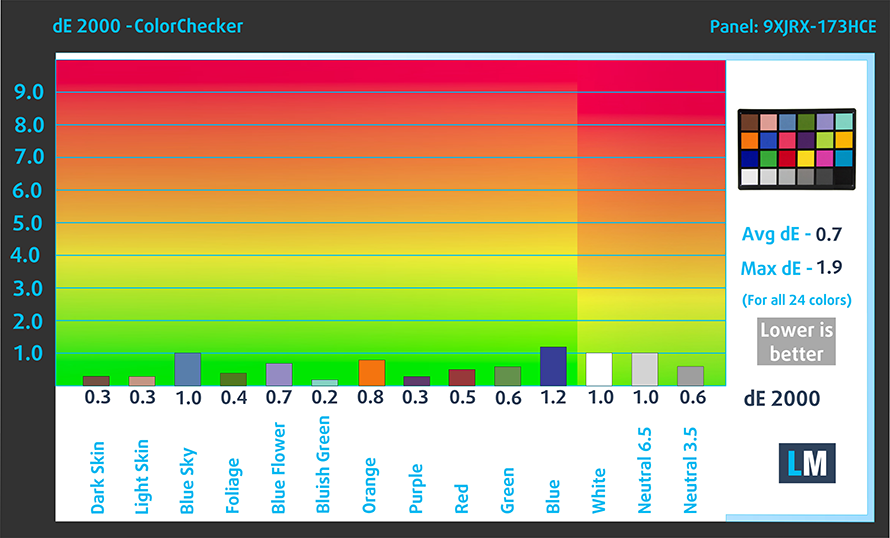








despite the common verdict of the Precision 7770, and I agree their performance and design flaws aren’t worth their workstation price premium., but still I ordered one, and didn’t end up returning it. Why? Because on Dell’s Outlet store got one with i9, 64GB RAM, and 16GB A4500 GPU for a relative steal by combining discount codes totaling -81% off, paying $2,100 when sticker price was $9,865!!!!
It has met the needs of my academic research analyzing and training models on large engineering datasets, can even play Forza Horizon 5 at Ultra setting on 3440×1440 widescreen monitor at 60-75 FPS!
The most marketing oriented waste of ressources and money I have seen in recent years. With only 210Watts of AC power available, the mainboard is physically incapable of using CPU and GPU at the same time. Putting this amount of power into components that are half the price will give similar, if not better results. (better because a 4090GPU has a larger baseline powerdraw, and needs to be extra careful to not accidentally fry itself under that flimsy heatsink). This thing is like an 7.2l V8 with a fuelpump capped to 1 Gallon per hour: Overtaking a Big Truck will… Read more »
Can you just upgrade the power supply / wall adapter to 300W+ to get better performance? Also, I understand recent BIOS updates have fixed, or at least mitigated many (all?) of the thermal / amperage management concerns.